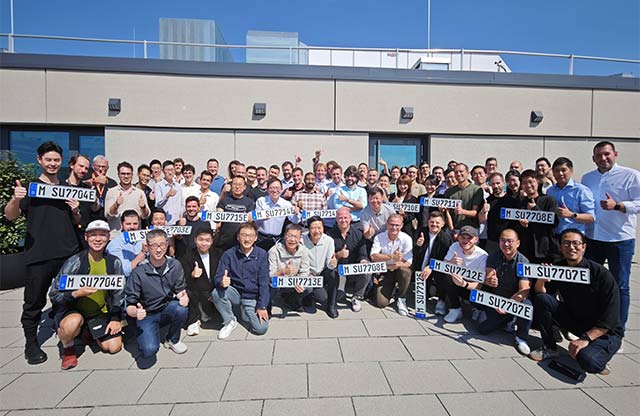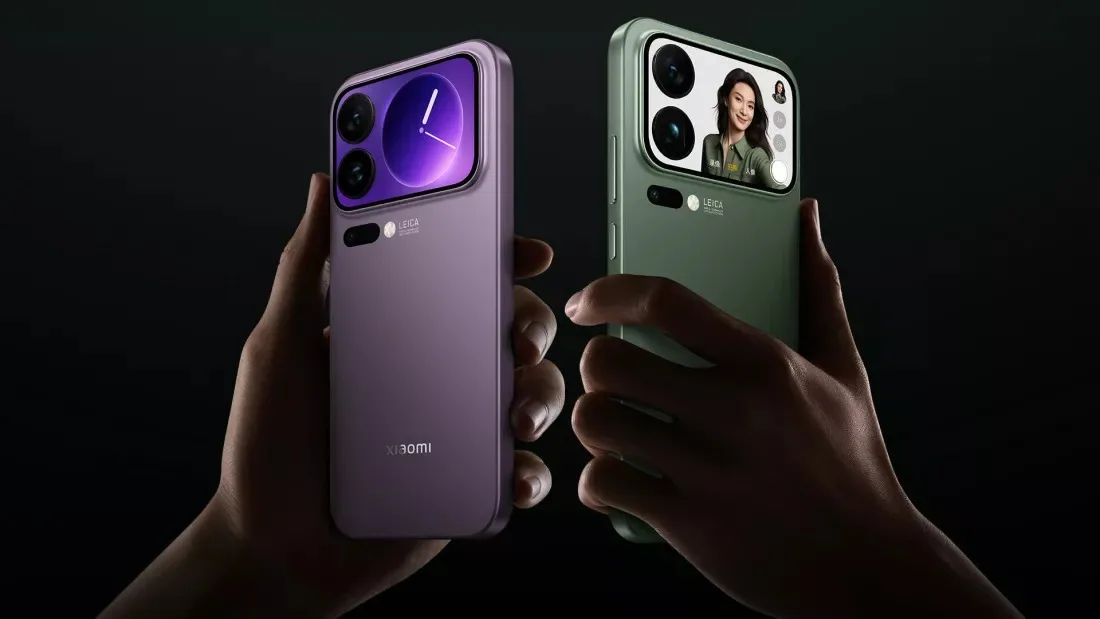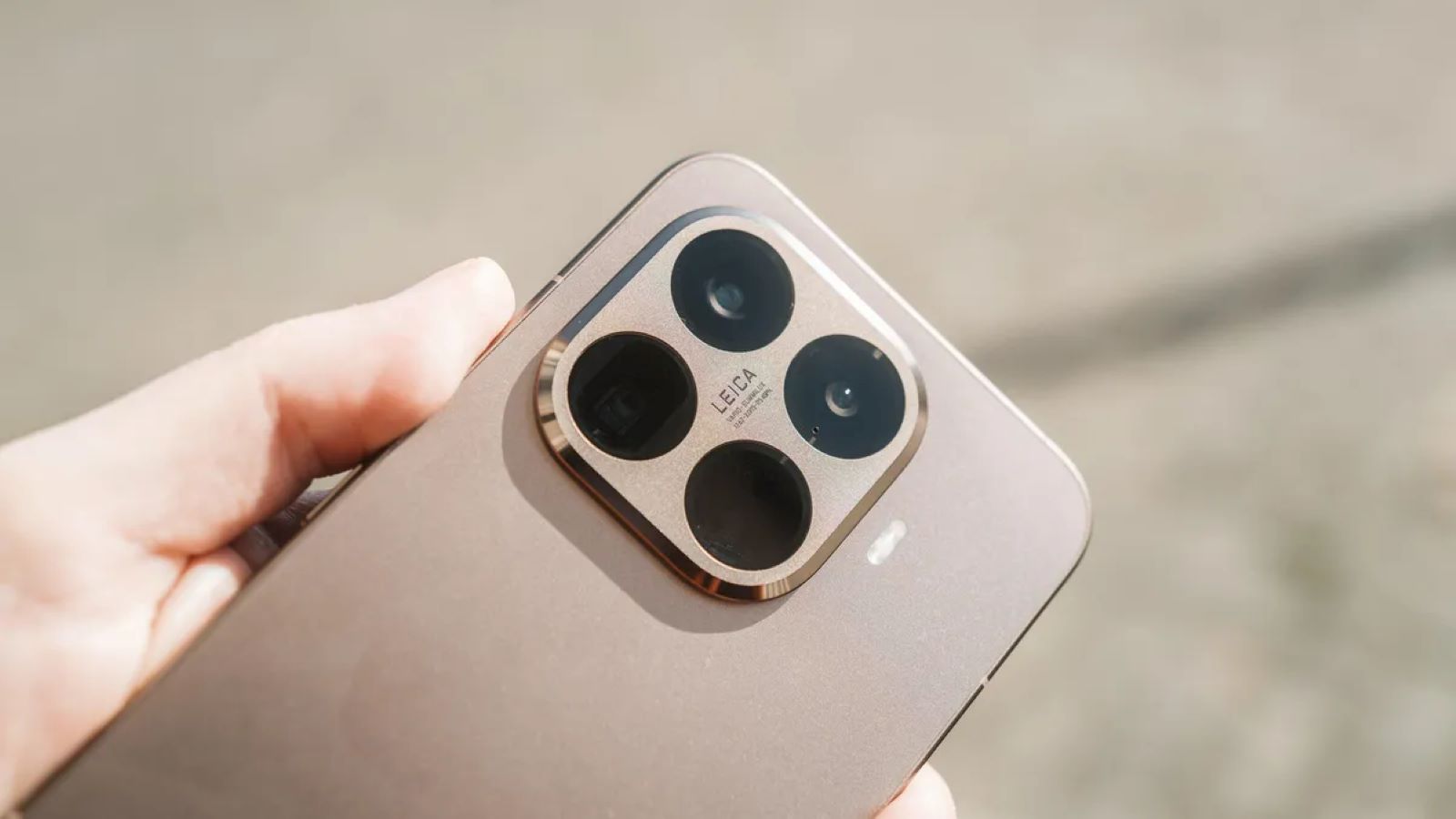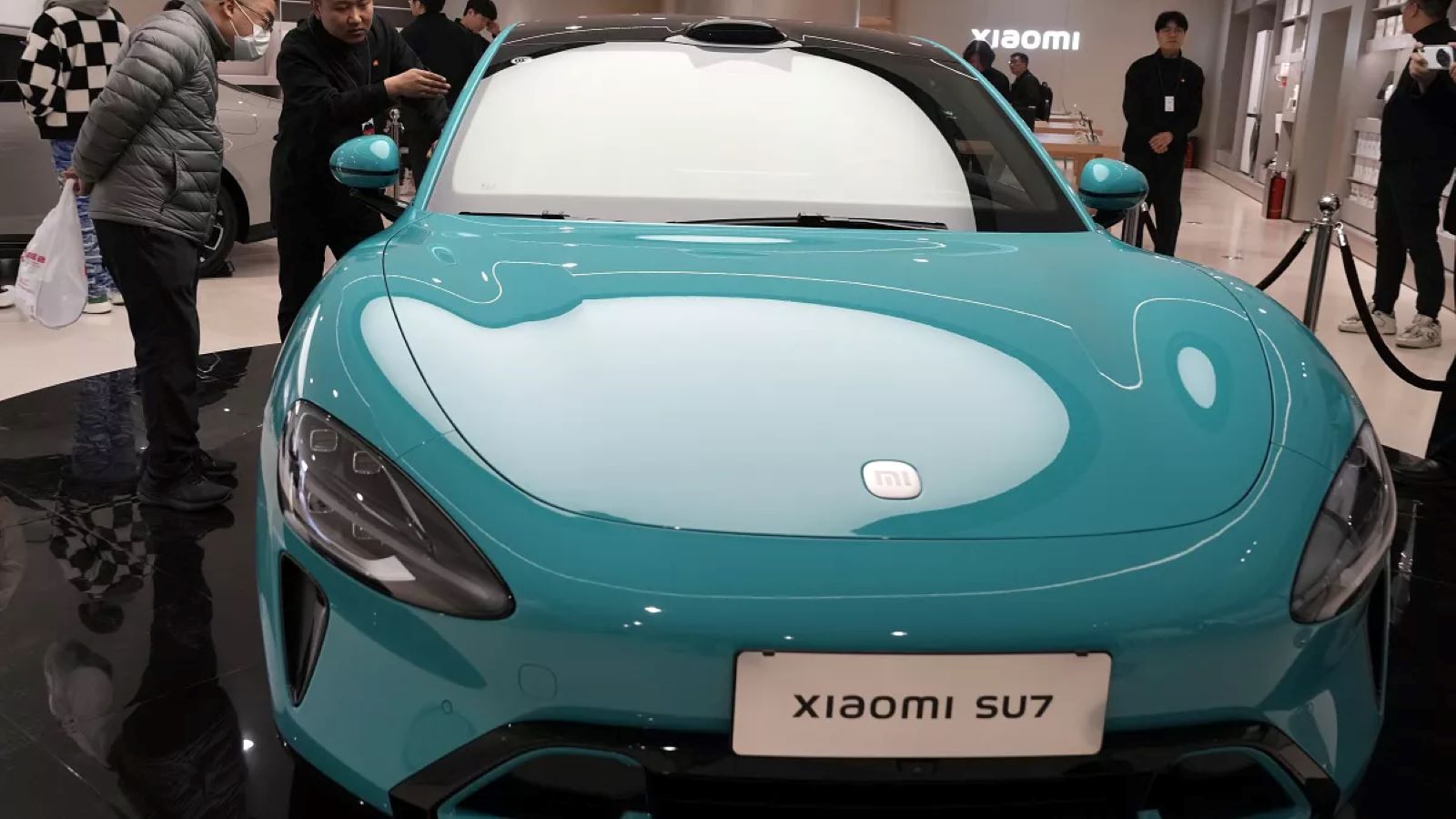In an age where our smartphones hold our most personal memories and sensitive information, having robust privacy features is paramount. If you own a Xiaomi phone running MIUI (Xiaomi’s custom Android skin), you’re in luck. MIUI offers a built-in feature called Private Safe (sometimes referred to as a “private folder” or “hidden folder”), which allows you to securely hide photos, videos, audio, and other files away from prying eyes.
Unlike simply locking apps, Private Safe creates an entirely separate, encrypted space for your sensitive files, making them invisible to regular Browse and accessible only with a specific password or fingerprint. This guide will walk you through the simple steps to enable and effectively utilize Private Safe on your Xiaomi device.
What is Private Safe?
Private Safe is a privacy feature integrated into Xiaomi’s MIUI operating system. It functions as a secure, encrypted vault where you can store personal files that you don’t want visible in your main Gallery, File Manager, or other standard applications. It’s similar in concept to Samsung’s Secure Folder, providing an extra layer of protection for your confidential data.
The evolution of smartphone privacy features, like Private Safe, reflects a growing user demand for more control over their personal data. Xiaomi, recognizing this need, has integrated such features directly into its operating system, making it easier for users to protect their privacy without needing third-party apps.
Why Use Private Safe?
There are several compelling reasons to use Private Safe on your Xiaomi phone:
- Protect Sensitive Media: Hide private photos, videos, or audio recordings that you don’t want others to see if they access your phone.
- Confidential Documents: Securely store important documents, PDFs, or work-related files that contain sensitive information.
- Shared Devices: If you frequently share your phone with family or friends, Private Safe ensures that your personal files remain private.
- Accidental Deletion Prevention: Files in Private Safe are less likely to be accidentally deleted during routine clean-ups.
- Enhanced Privacy: Adds a significant layer of privacy beyond just a screen lock, especially if your phone falls into the wrong hands.
How to Enable and Set Up Private Safe
Enabling Private Safe is typically done through the File Manager or Gallery app on your Xiaomi phone. The exact steps might slightly vary based on your MIUI version, but the core process remains the same.
Method 1: Enabling from File Manager (Most Common for All Files)
This method is generally used for hiding various file types (documents, videos, audio, etc.).
- Open File Manager: Locate and open the File Manager app on your Xiaomi phone.
- Access Private Files Section:
- Swipe Down: On the main screen of the File Manager, swipe down from the top of the screen and hold briefly. You’ll see an animation or a prompt saying “Release to open private files.”
- Or Navigate: Alternatively, you might find a “Private Files” or “Private Safe” option by tapping on the three lines menu (hamburger icon) in the top left corner or in the “Categories” section, depending on your MIUI version.
- Set Up Password/Pattern:
- If it’s your first time accessing Private Safe, you’ll be prompted to set up a privacy protection password. This will be a PIN or a pattern, separate from your phone’s main lock screen password.
- Choose your desired lock type: Select between a Pattern or a PIN.
- Draw/Enter your password: Create and confirm your chosen pattern or PIN. Make sure it’s something you’ll remember but isn’t easy for others to guess.
- Link Mi Account (Optional but Recommended): You’ll usually be given the option to link your Mi Account for password recovery. It’s highly recommended to do this, as it allows you to reset your Private Safe password if you forget it. If you don’t link, forgetting the password might mean losing access to your private files.
- Private Safe is Ready: Once set up, you’ll enter the Private Safe interface.
Method 2: Enabling from Gallery (Primarily for Photos and Videos)
This method is quick for securing media files.
- Open Gallery: Locate and open the Gallery app on your Xiaomi phone.
- Access Private Album:
- Go to the Albums tab.
- Swipe Down: Similar to File Manager, swipe down from the top of the screen and hold briefly. You’ll see a prompt like “Release to open private album” or “Release to view private photos.”
- Set Up Password/Pattern: If this is your first time, you will be guided through setting up a privacy protection password (PIN or pattern) for your Private Album/Safe, just like in the File Manager method.
- Private Album is Ready: You’ll now be in your Private Album.
How to Use Private Safe (Adding and Managing Files)
Once Private Safe is enabled and set up, you can start moving files into it.
- Adding Files to Private Safe (Hiding Files)
- From File Manager (Recommended for all file types):
- Open File Manager.
- Browse to the file(s) or folder(s) you want to hide.
- Long-press on the file(s) or folder(s) to select them.
- Tap on More (often three dots) or a direct option like Make private or Hide.
- Confirm your choice. The selected items will be moved into Private Safe and disappear from their original location.
- From Gallery (for Photos/Videos):
- Open the Gallery app.
- Browse to the photo(s) or video(s) you want to hide.
- Long-press on the photo(s) or video(s) to select them.
- Tap on Add to album or the “…” (More) option.
- Select Private album or Make private.
- Confirm your choice. The selected items will be moved to your Private Album within Private Safe.
- Accessing Hidden Files in Private Safe
- Through File Manager:
- Open File Manager.
- Swipe down and hold from the top of the main screen until the Private Safe access prompt appears.
- Release and enter your Private Safe pattern or PIN.
- You will then see all your hidden files categorized (e.g., Photos, Videos, Documents).
- Through Gallery:
- Open Gallery.
- Go to the Albums tab.
- Swipe down and hold from the top of the screen until the Private Album access prompt appears.
- Release and enter your Private Safe pattern or PIN.
- You will then see all your hidden photos and videos.
- Moving Files Out of Private Safe (Unhiding Files)
- From within Private Safe (File Manager or Gallery):
- Access your Private Safe or Private Album.
- Select the file(s) or folder(s) you want to unhide.
- Look for an option like Remove from private, Unhide, or Move out of private.
- You might be prompted to choose a destination folder in your main storage.
- Confirm your choice. The files will reappear in your main phone storage.
Important Considerations and Tips
- Password Management: Remember your Private Safe password! If you forget it and haven’t linked a Mi Account, recovering your files might be impossible. If you did link, use the “Forgot password” option on the Private Safe entry screen.
- Mi Account Link: This is the most crucial step for password recovery. Ensure your Mi Account is correctly linked to your device.
- Visibility: Files moved to Private Safe are completely hidden from regular file Browse, third-party gallery apps, and even when connecting your phone to a computer.
- App Lock vs. Private Safe: Xiaomi also offers an App Lock feature, which password-protects individual applications. Private Safe is different as it protects files themselves, creating a separate, encrypted storage area for them. You might use App Lock for banking apps, and Private Safe for private photos.
- Second Space: Xiaomi also has a feature called Second Space, which creates an entirely separate user profile on your phone, complete with its own apps, files, and settings. This is like having two phones in one and is different from Private Safe, which is just for files. Second Space is ideal if you want to completely separate work and personal life or lend your phone to someone with limited access.
- Backup: While Private Safe encrypts files on your device, it doesn’t automatically back them up to the cloud unless you specifically set up cloud backup for your device (e.g., Google Photos for media or a general Mi Cloud backup).
- Security Updates: Always keep your MIUI updated. Xiaomi frequently rolls out security patches and feature enhancements that can improve the reliability and security of features like Private Safe.
By leveraging Xiaomi’s Private Safe feature, you gain peace of mind knowing that your most sensitive and private data is securely hidden and protected on your smartphone. It’s a simple yet effective way to maintain your digital privacy.
FAQ (Frequently Asked Questions)
Q1: What is the main difference between Private Safe and App Lock on Xiaomi phones?
Private Safe is designed to hide and encrypt specific files (photos, videos, documents) in a secure, inaccessible location on your phone. App Lock, on the other hand, puts a password or fingerprint lock on individual applications, preventing unauthorized access to the apps themselves, but not necessarily hiding the files those apps contain. You might use App Lock for your banking app and Private Safe for private photos.
Q2: What happens if I forget my Private Safe password?
If you forget your Private Safe password, you can reset it if you have linked your Mi Account during the initial setup. On the Private Safe entry screen, look for a “Forgot password” option, and follow the prompts to authenticate with your Mi Account. If you didn’t link a Mi Account, recovering the password and your hidden files may not be possible.
Q3: Does Private Safe hide apps?
No, Private Safe primarily hides files (photos, videos, documents). To hide apps from your app drawer, Xiaomi offers a separate “Hide Apps” feature, usually found within the “App Lock” settings.
Q4: Are the files in Private Safe truly encrypted?
Yes, files moved into Private Safe are encrypted and stored in a secure, isolated partition of your phone’s storage. This means they are protected even if your device’s main system is compromised, as long as the Private Safe password remains secure.
Q5: Does Private Safe take up extra storage space?
Yes, any files you move into Private Safe will still occupy storage space on your phone. It’s not a cloud storage solution; it’s a secure partition on your device’s internal storage.
Q6: Can I access my Private Safe files if I connect my phone to a computer?
No, files stored in Private Safe are not visible when you connect your Xiaomi phone to a computer via USB. They are only accessible through the Private Safe interface on the phone itself after correct authentication.
Q7: What is “Second Space” and how is it different from Private Safe?
Second Space is a more comprehensive privacy feature on Xiaomi phones that creates an entirely separate user profile on your device, like having two phones in one. It has its own set of apps, contacts, photos, and settings, completely distinct from your main space. Private Safe, in contrast, is just for hiding specific files within your primary user profile. Second Space is ideal for completely separating work and personal life, or for lending your phone to others with limited access.
Q8: Can I use my fingerprint to unlock Private Safe?
Yes, after setting up your PIN or pattern for Private Safe, you will typically be prompted to link your fingerprint for easier access. If you’ve already registered a fingerprint for your main phone unlock, you can usually use the same one for Private Safe as well.











Add Comment